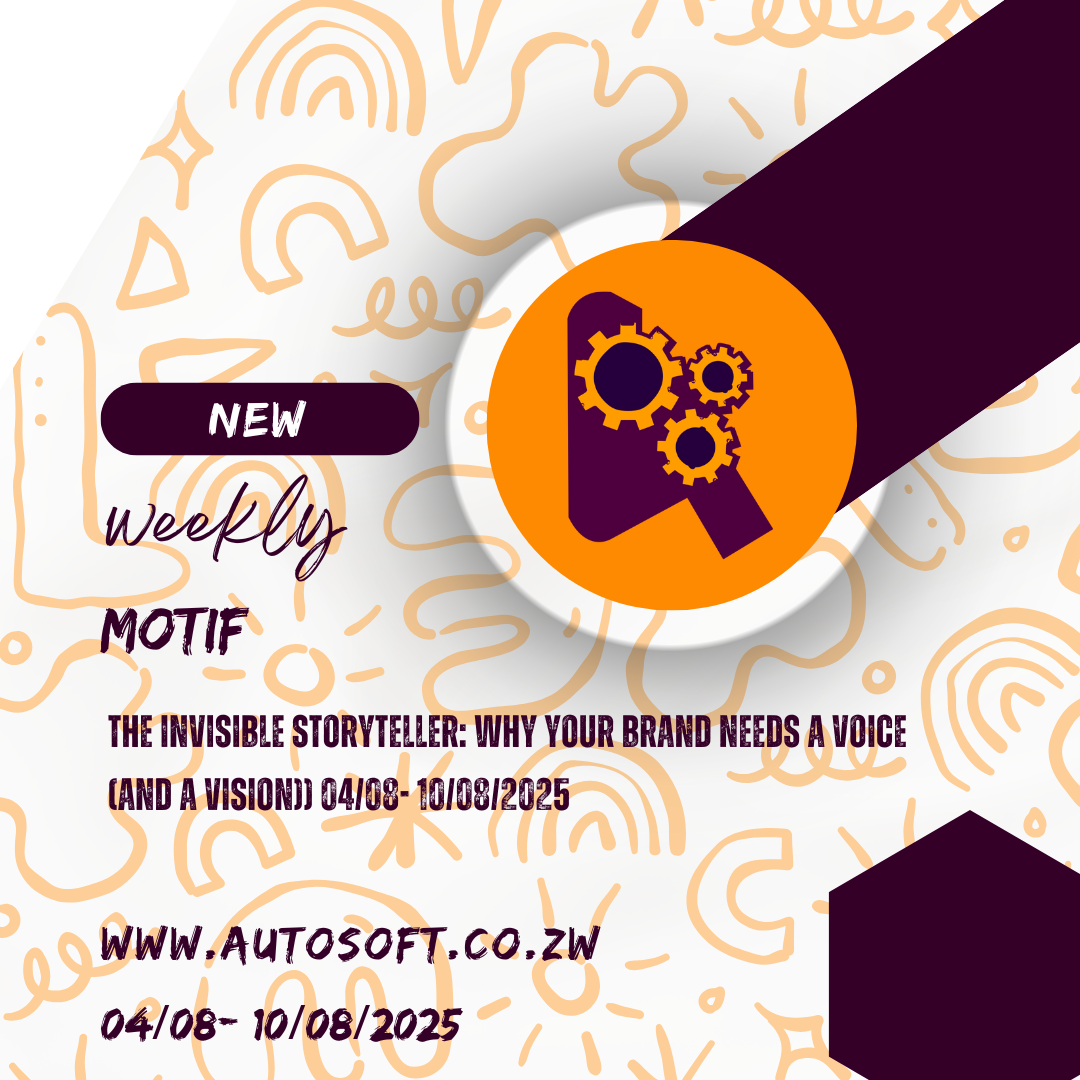
The Psychology of Color in Design: A Guide to Captivating Your Audience
Hello world! Welcome to another very informative weekly motif article, today we want to talk about the importance of color in design. Color, a silent language, communicates emotions, influences perceptions, and drives decisions. As a powerful design tool, it can make or break a brand. Let’s delve deeper into the psychology of color and how it can be leveraged to create impactful designs.
Understanding the Psychological Impact of Color
Color psychology is the study of how colors affect human behavior and emotions. Different colors can evoke
- Red: Stimulates passion, energy, and urgency. It’s often used to draw attention or signal danger.
- Orange: Associated with enthusiasm, creativity, and warmth. It can be used to create a sense of fun and excitement.
- Yellow: Evokes happiness, optimism, and intellect. However, excessive use can be overwhelming.
- Green: Symbolizes nature, growth, and harmony. It can be calming and soothing.
- Blue: Often associated with trust, reliability, and intelligence. It can also induce feelings of calm and serenity.
- Purple: Conveys luxury, creativity, and mystery. It can be used to create a sense of sophistication and elegance.
- Pink: Often associated with femininity, compassion, and love. It can be used to evoke feelings of warmth and tenderness.
- Black: Represents power, elegance, and formality. It can also be associated with mystery and mourning.
- White: Symbolizes purity, innocence, and simplicity. It can be used to create a sense of cleanliness and clarity.
How to Use Color Effectively in Design
- Know Your Target Audience: Different cultures and demographics have varying color associations. Understanding your target audience’s preferences is crucial.
- Choose the Right Color Palette: A well-chosen color palette can enhance the overall aesthetic of your design. Experiment with complementary, analogous, and monochromatic color schemes.
- Consider Color Psychology: Use color to evoke specific emotions and create the desired mood. For instance, warm colors can stimulate action, while cool colors can promote relaxation.
- Test and Iterate: Don’t be afraid to experiment with different color combinations. A/B testing can help you determine the most effective color choices.
- Accessibility: Ensure your designs are accessible to people with color vision deficiencies. Use sufficient contrast and consider alternative color schemes.
Different cultures and demographics have varying color associations. Understanding your target audience’s preferences is crucial.
Let Autosoft Elevate Your Brand with Color
At Autosoft, we understand the power of color and its impact on brand perception. Our team of skilled designers can help you:
- Create a Strong Brand Identity: Develop a visually appealing and memorable brand identity.
- Design Engaging Marketing Materials: Produce eye-catching brochures, flyers, and social media graphics.
- Build User-Friendly Websites: Design websites that are both visually appealing and easy to navigate.
- Develop Captivating Animations: Use animation to bring your brand to life and engage your audience.
- Implement Effective Digital Marketing Strategies: Reach your target audience through targeted digital marketing campaigns.
Contact us today to discuss your project and let’s create something truly remarkable.



